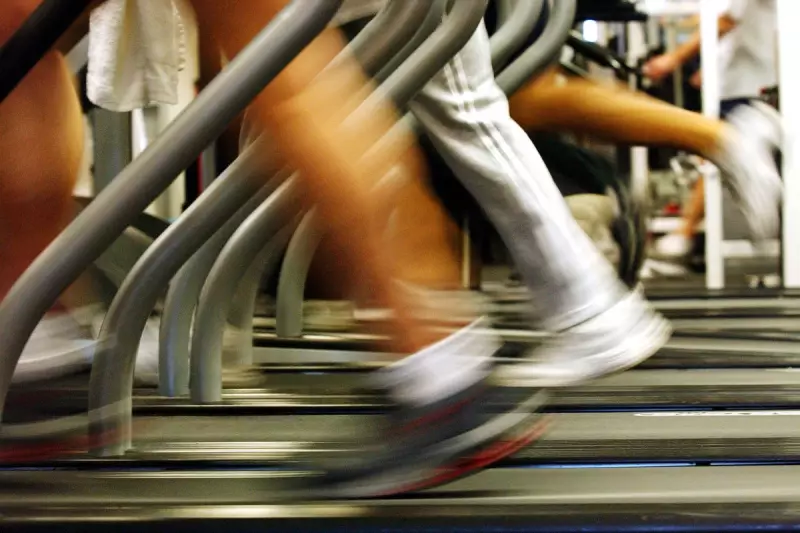
Millions of Long Covid sufferers who experience extreme exhaustion after minimal physical activity may finally have answers, thanks to groundbreaking research from the University of Leeds. The study reveals that muscle damage and impaired energy production are key drivers behind the debilitating exercise intolerance that has puzzled patients and doctors alike.
The Exercise Enigma: Why Simple Activities Become Impossible
For many recovering from COVID-19, even basic tasks like climbing stairs or walking to the shops can trigger overwhelming fatigue and worsening symptoms. This phenomenon, known as post-exertional malaise, has remained largely misunderstood—until now.
The comprehensive research examined patients experiencing Long Covid symptoms and found disturbing abnormalities in their muscle tissue and energy systems.
Key Findings That Change Everything
- Mitochondrial Mayhem: Patients showed significantly reduced mitochondrial function—the powerhouses of our cells—making energy production inefficient
- Muscle Damage: Evidence of muscle tissue damage was present even after mild exercise
- Metabolic Disruption: Abnormalities in how the body processes energy during physical activity
- Severe Symptom Flare-ups: Patients experienced worsened Long Covid symptoms following exertion
Beyond "Just Fatigue": The Biological Reality
Lead researchers emphasise this isn't simply about feeling tired. The study demonstrates measurable biological changes that explain why patients hit a physical wall so quickly.
"We're seeing clear evidence of damaged muscle structure and impaired energy production at a cellular level," explained one researcher. "This isn't psychological—it's a physiological reality that's been validated through rigorous testing."
What This Means for Treatment
- Validation for Patients: Finally, scientific proof that their symptoms are real and measurable
- New Treatment Pathways: Understanding the mechanisms opens doors for targeted therapies
- Pacing Strategies: Evidence-based guidance for managing activity levels without triggering flare-ups
- Recovery Timelines: Better understanding of why recovery takes so long for many sufferers
The Road to Recovery
While the findings confirm the challenges Long Covid patients face, they also provide hope. By understanding the biological underpinnings of exercise intolerance, researchers can now work toward developing effective treatments and rehabilitation strategies.
The research team continues to investigate whether these changes are permanent or if targeted interventions can help restore normal muscle function and energy production over time.





